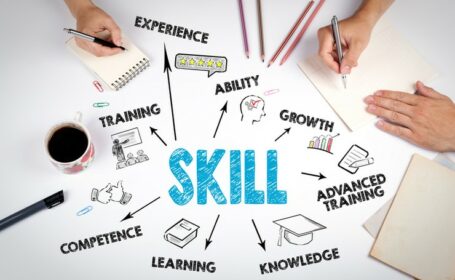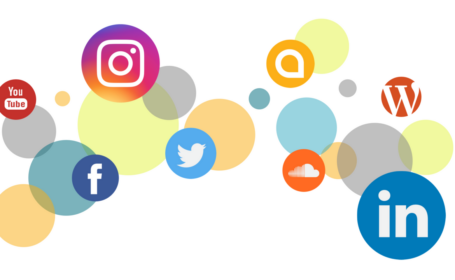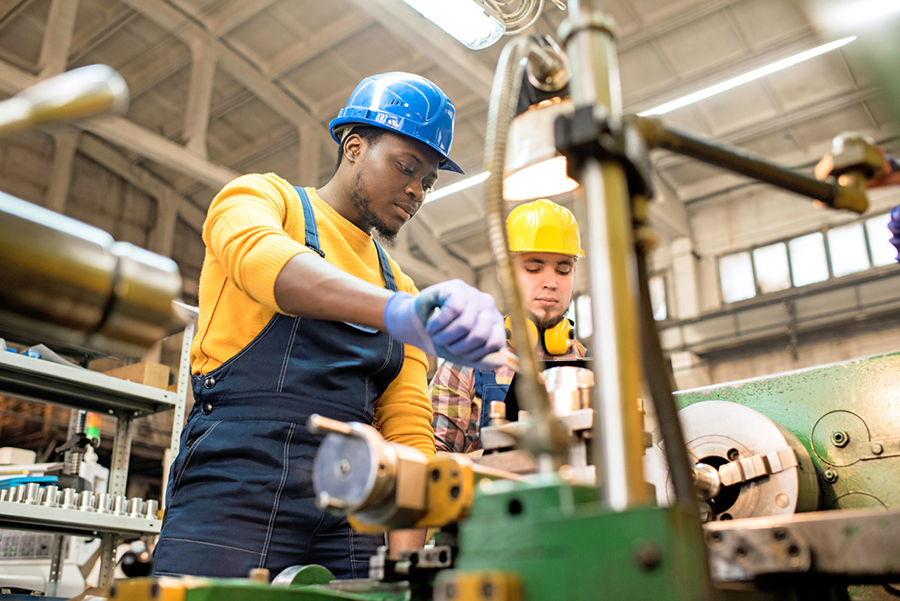

Germany Seeks Skilled Metal Painters: Labor Importing Offers Solutions to Manpower Shortages
- trienkhaiweb
- 17 February, 2024
- 0 Comments
Germany, renowned for its exceptional engineering and manufacturing prowess, is facing a growing need for a specific type of skilled worker – the metal painter. These specialized artisans play a crucial role in industries ranging from automotive and aerospace to construction and infrastructure. As the demand for high-quality, durable finishes on metal products increases, Germany’s search for qualified metal painters is extending beyond its borders, with labor importing emerging as a viable solution to address manpower shortages.

Why Metal Painters are in High Demand
Metal painting is a deceptively complex process that goes far beyond simple aesthetics. Here’s why the demand for skilled metal painters is surging:
- Protection and Durability: Metal painters apply specialized coatings that safeguard metal components from corrosion, rust, abrasion, and harsh environmental conditions. This significantly extends the lifespan and functionality of machinery, vehicles, buildings, and other metal structures.
- Aesthetics and Branding: Expertly applied finishes enhance the visual appeal of products, making them more attractive to consumers. Additionally, metal painters can apply company logos, colors, and other branding elements for marketing and visual identity purposes.
- Customization and Specialization: Metal painting isn’t a one-size-fits-all process. Skilled painters must have knowledge of different types of metal substrates, surface preparation techniques, paint systems, application methods (spraying, powder coating, etc.), and quality control standards.
The Manpower Challenge for Germany’s Industrial Sector
Germany, like many developed nations, faces a demographic shift with an aging workforce. This trend, combined with a decline in younger generations entering skilled trades, has created a manpower gap in the metal painting sector. Domestic training and upskilling programs are essential, but they take time to yield the necessary numbers of qualified workers. This is where labor importing offers a potential bridge to alleviate immediate manpower needs.
Labor Importing as a Manpower Solution
Labor importing involves sourcing skilled workers from other countries to fill open positions in Germany. This strategy has the potential to address the metal painter manpower shortage in several ways:
- Access to a Wider Talent Pool: Opening the recruitment process internationally allows German companies to find experienced metal painters who may not be readily available within the domestic labor market.
- Matching Skills to Demand: Labor importing can target countries with reputable training programs or a surplus of skilled metal painters aligning with industry standards in Germany.
- Increased Productivity: Addressing the manpower shortage in metal painting helps German businesses maintain production levels, meet deadlines, and potentially expand their operations.
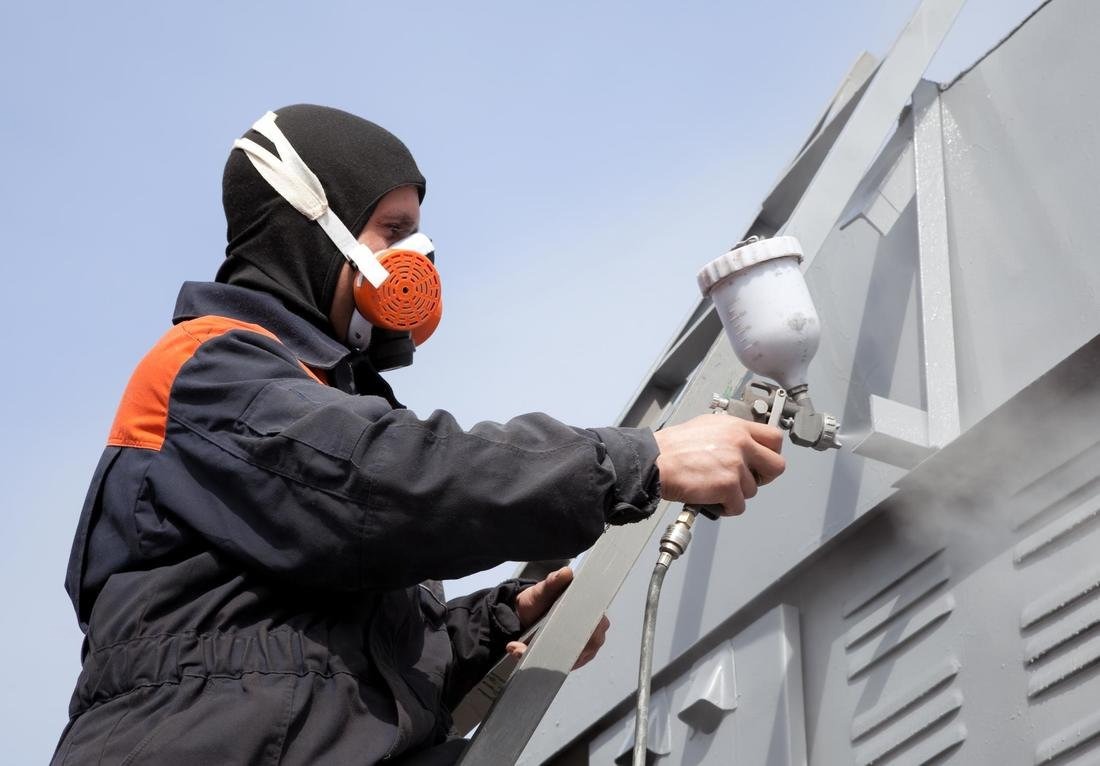
Pathways to Import Manpower: Skilled Worker Visas and Recognition of Qualifications
Germany offers several channels for skilled workers from non-EU countries to secure employment, including:
- Skilled Worker Visa: This visa targets qualified professionals in fields with labor shortages. Applicants must have a recognized vocational qualification and a job offer from a German company.
- Recognition of Foreign Qualifications: Ensuring the smooth recognition of qualifications earned in other countries is key to attracting international manpower. This process allows skilled metal painters to prove their competence meets German standards.
Addressing Concerns and Ensuring Ethical Labor Importing
It’s crucial that labor importing practices in Germany prioritize fair treatment of international workers and adhere to ethical standards. Key considerations include:
- Transparent Recruitment: All recruitment processes, contracts, and fees must be transparent to avoid exploitation of foreign workers.
- Fair Wages and Working Conditions: International workers must receive equitable wages and safe working conditions on par with German standards.
- Integration Support: Providing language courses, cultural orientation, and assistance with housing can help foreign metal painters successfully integrate into their new work environment and communities.
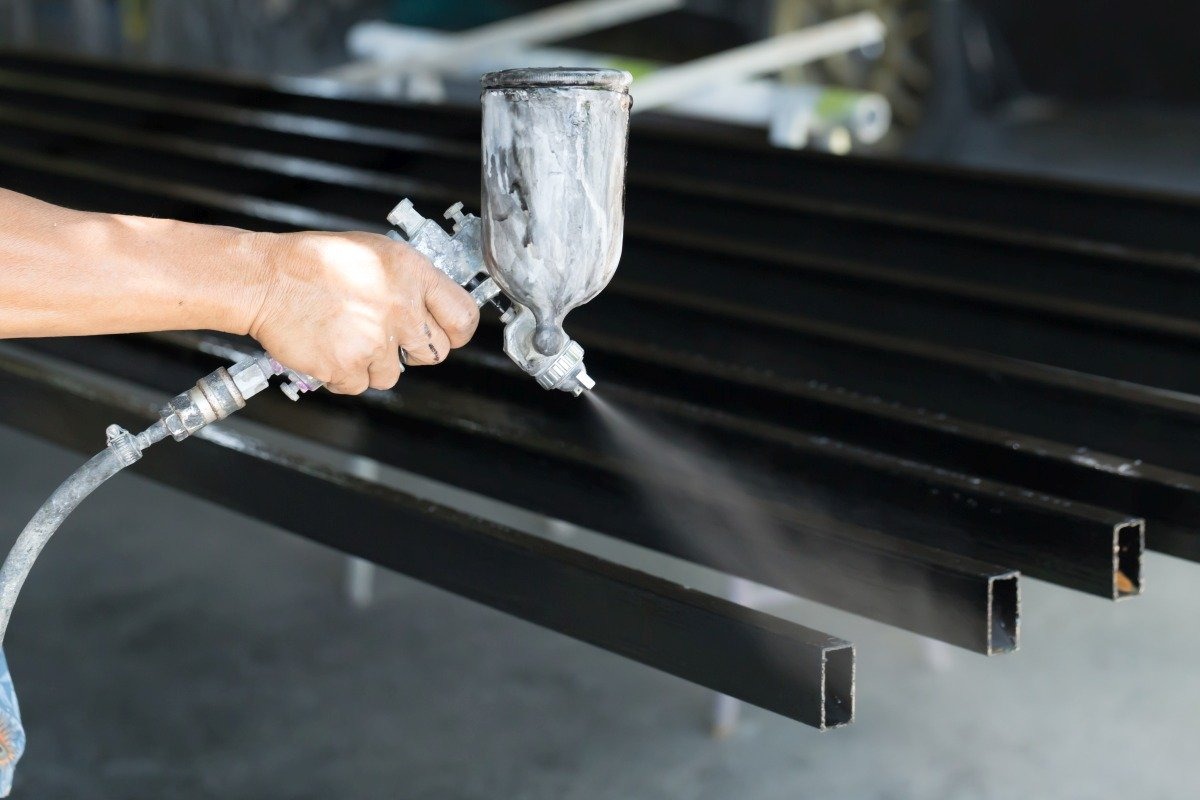
The Future of Metal Painting in Germany: Manpower Strategies
While labor importing offers an immediate solution to the manpower shortage, Germany must also invest in long-term strategies:
- Promoting Skilled Trades: Engaging with educational institutions to revitalize the image of careers in skilled trades like metal painting is crucial to attracting younger generations.
- Technology and Automation: Exploring technological advancements in automation, while ensuring job security and upskilling opportunities for workers.
- Upskilling and Retraining: Offering upskilling programs to workers in adjacent industries can create pathways into the metal painting profession.
Related articles
Employee Empowerment with Quinn Vietnam Manpower
In today’s dynamic business landscape, organizations are increasingly recognizing the importance of employee empowerment as a key driver of success. Quinn Vietnam Manpower, a leading provider of manpower solutions in Vietnam, understands that empowered employees are more engaged, productive, and committed to organizational goals. This article delves into the concept of employee empowerment, exploring its…
Quinn Vietnam Manpower’s 5 Steps to Successful Coaching in 2025
In today’s dynamic business environment, maximizing your manpower’s potential is crucial for success. Effective coaching programs are key to unlocking this potential, fostering employee growth, and driving organizational performance. Quinn Vietnam Manpower, a leading provider of manpower solutions, presents a comprehensive guide to successful coaching in 2025. Whether you’re leading coaching sessions yourself or partnering…
Functional Skills: A Guide for Quinn Vietnam Manpower’s Workforce in 2025
In today’s competitive job market, possessing strong functional skills is more critical than ever. For Quinn Vietnam Manpower, equipping our manpower resources with these essential skills is key to their success and the success of our partner businesses. This comprehensive guide explores the importance of functional skills, particularly in Math and English, and how Quinn…
Level Up Your Workforce: Gamification Strategies for Quinn Vietnam Manpower
In the competitive landscape of Vietnam’s manpower industry, attracting, engaging, and retaining top talent is more critical than ever. Quinn Vietnam Manpower recognizes the power of innovative solutions, and gamification is emerging as a game-changer in the realm of human resources. By integrating game mechanics and elements into various HR processes, Quinn Vietnam Manpower can…
3 Communication Skills Every Manager Needs to Thrive
In today’s rapidly evolving business landscape, effective communication skills are more critical than ever for managers. Whether you’re a seasoned leader or newly promoted, honing your communication abilities can significantly impact your team’s performance, morale, and overall success. This article delves into three essential communication skills every manager needs to master in 2025 and highlights…
Harnessing the Power of Insights with Quinn Vietnam Manpower
In the dynamic landscape of 2025, where businesses face unprecedented challenges and opportunities, the ability to gain profound insights is more critical than ever. For project management (PM) in Vietnam, this rings especially true. Quinn Vietnam Manpower, a leading provider of manpower solutions, recognizes the crucial role of insights in driving project effectiveness and organizational…




